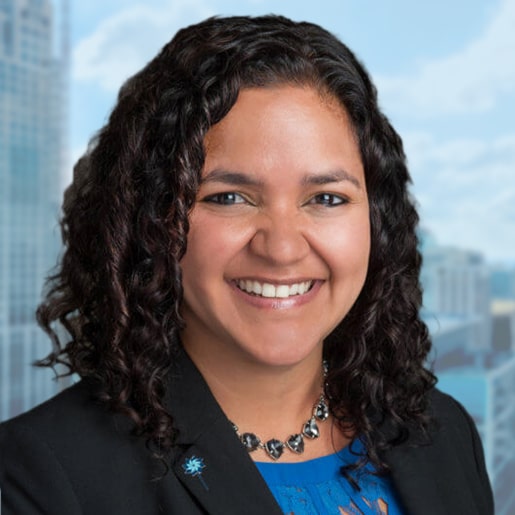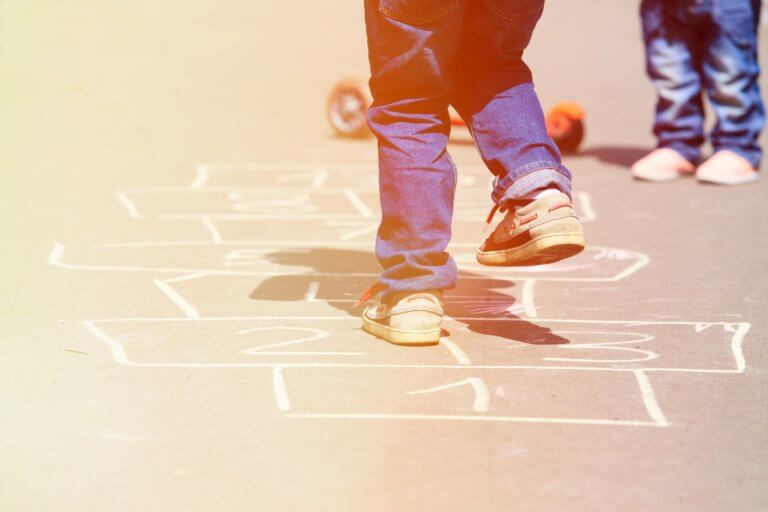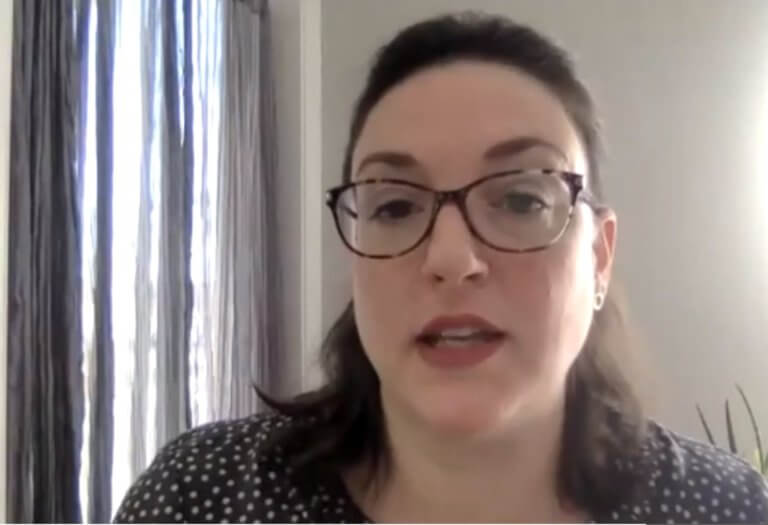Many people are familiar with the concept of preventive medicine, which seeks to reduce a person’s risk of injury or disease before it happens rather than just treating the symptoms after they occur (which is the traditional, intervention-based approach). In addition to its theoretical appeal, the preventive approach has some tangible perks: people who take a prevention-based approach have increased lifespans and lower medical bills than people who don’t.
As it turns out, a prevention-based philosophy is ideal for personal health and public health and systemic, societal issues, such as child abuse. For example, an individual might take preventative steps to stave off a heart attack by exercising and trading salads for cheeseburgers. The same is true with child abuse. A preventive approach to child abuse that addresses the factors shown to cause child abuse, rather than focusing exclusively on dealing with it when it does happen.
So—what exactly does this look like? A prevention-based approach involves tackling some of the larger social issues linked to child abuse, such as low socioeconomic status, caregiver burnout, substance abuse, and mental illness. Mitigating the effects of these factors, in turn, has the potential of making child abuse less likely to occur in the first place, promising children the stable, safe childhood they deserve.
Connecting the Dots: Safe Environments and Long-Term Health
At first glance, the relationship between child abuse and health may not be evident to everyone. But in actuality, the availability of safe, stable, nurturing home environments and relationships are essential components of long-term health for children.
Studies have shown that adverse childhood experiences(ACEs),including abuse and neglect, can trigger a toxic stress response in children. Prolonged toxic stress, in turn, can result in changes to brain architecture, chronic health conditions (such as diabetes, heart disease, chronic obstructive pulmonary disease, liver disease, and cancer), and risky behavior.
These facts are sobering, but it’s crucial that instead of dwelling on the negative outcomes, we focus on the potential for positive change and the incredible spectrum of benefits that we can unlock by adopting a prevention-based approach to child abuse. Namely, by focusing our attention and resources on the underlying causes of child abuse, we have the ability not only to increase security and opportunity for children but also to protect their long-term health.
It’s also imperative to remember that children are incredibly resilient, and those who experience adversity are not doomed to be defined by those experiences for the rest of their lives. In fact, research has shown that positive childhood experiences (PCEs) can substantially reduce adult mental health problems, even for children who have experienced ACEs.
Imagining the Possibilities
To better envision the synergistic relationship between child abuse prevention and health, let’s consider the following examples of how one can affect the other:
- Better opportunity. Education is hugely important when it comes to success. As such, it is our public responsibility to put children in a better position to succeed academically, which increases their chances of long-term career success—and health is a big part of that equation.
For example, poor health (either mental or physical) can have a negative impact on a child’s attendance and ability to concentrate. Similarly, learning disabilities (which have also been linked to child abuse) can impair a child’s academic performance. While these consequences are not necessarily definitive indicators of later success in life, they are worth noting. In stopping child abuse at the source, we better position children to be happy, healthy, focused, and successful.
- More resource availability. By adopting a prevention-based strategy in dealing with child abuse and healthcare, we reduce the need for the resources and money that usually go toward intervention-based efforts. Some estimates put the cost of child abuse at hundreds of millions of dollars every day.
Similarly, experts estimated the cost of preventable illness in the US to be over $730 billion in 2016. In addition to eliminating the pain and suffering concomitant with child abuse and preventable disease, a proactive approach to these issues will ultimately free up funds and energy that can then be allocated toward other social improvement initiatives.
- Improved overall quality of life. We’re all aware of how our physical health can affect our outlook on life—even something as simple as a cold can make most people feel irritable, depressed, or stressed. This pattern holds true on a larger scale as well. Studies show that health influences an individual’s ability to function and their perceived quality of life. This connection is so significant that it even has a name: health-related quality of life (or HRQOL, as it’s commonly abbreviated). For example, preventing child abuse reduces barriers to health and happiness, thereby putting individuals in a better position to contribute productively to society.
Taking Action
While these topics may seem so large and abstract as to be intimidating, each of us has the power to help prevent child abuse and improve long-term health by taking action in our daily lives right now. By supporting policies and organizations that aim to solve the social problems at the root of child abuse (particularly poverty, discriminatory housing, mental illness, and substance abuse), we can help to create secure, nurturing households and empower children to thrive.
Prevent Child Abuse America actively works to end child abuse and neglect and ensure that all children have a great childhood. We strive to realize a world where all children are happy, healthy, and prepared to succeed in supportive families and communities. To support our mission of raising public awareness and implementing child abuse prevention strategies, consider browsing our resources or making a donation.






